Introduction to Shonan Kamakura General Hospital
Shonan Kamakura General Hospital completed the construction of its new premises on 1 September 2010 and moved to a new hospital in Kamakura Okamoto.
The new hospital is spacious, with 2.5 times the floor space of the old hospital, and has 648 beds, including 619 portable beds, on 15 floors above ground and 1 floor below. There is a helipad on the roof of the hospital. The emergency department has been expanded to five times its original size to cope with the yearly increase in the number of ambulances and emergency patients, and a special lift has been installed for direct access to the operating theatre and the vascular catheterisation room.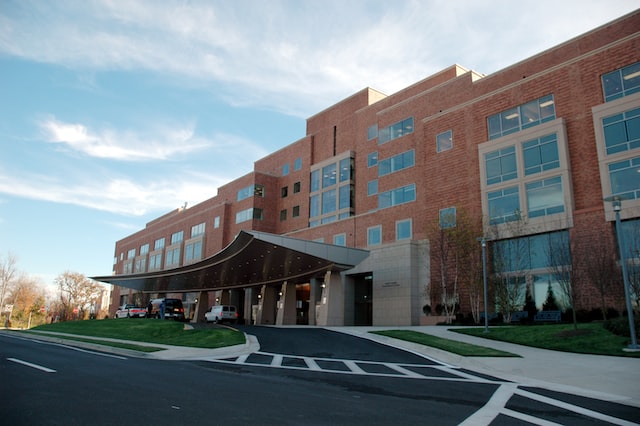
Introduction of departments at Shonan Kamakura General Hospital
Departments at Shonan Kamakura General Hospital: Internal Medicine, Cardiology, Neurology, Respiratory Medicine, Gastroenterology, Circulatory Medicine, Allergy, Rheumatology, Pediatrics, Surgery, Plastic Surgery, Cosmetic Surgery, Neurosurgery, Respiratory Surgery, Gastroenterology, Cardiovascular Surgery, Dermatology, Urology, Anal Surgery, Obstetrics, Gynaecology, Ophthalmology, ENT, Tracheoesophageal Surgery, Rehabilitation, Radiology, Anaesthesiology, Diagnostic Pathology, Nephrology, Haematology, Diabetic Endocrinology, Emergency Medicine, Cosmetic Dermatology, Vascular Surgery, Breast Surgery, Surgical Oncology, Cerebrovascular Endosurgery, Medical Oncology, Artificial Dialysis, Thoracic Surgery, Colorectal Surgery, Gastric Surgery, Endoscopic Surgery, Endoscopic Medicine, Chinese Medicine, Vascular Medicine, Cardiology, Liver, Biliary and Pancreatic Medicine, Psychiatry, Spinal spine surgery.
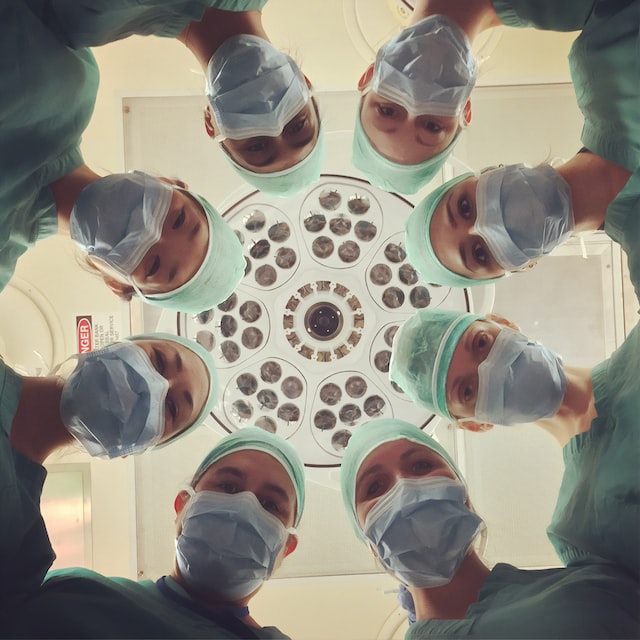
Shonan Kamakura General Hospital has a staff of 1,713, including 346 physicians (228 permanent and 118 full-time), 660 nurses, 48 pharmacists, 55 diagnostic radiographers, 64 clinical examination technicians, 16 management dieticians, 44 physiotherapists and 26 occupational therapists. There are 11 speech-language audiologists, 32 clinical engineering technicians, 5 vision trainers, 8 treatment and examination coordinators, 10 social workers, 17 caregivers, 93 medical services, 28 general affairs, 10 medical information managers, 32 doctors' office support, 80 labourers, and 128 others.
Shonan Kamakura General Hospital has introduced high-end treatment instruments, including a 3.0 Tesla MRI, 320 cohort CT, and new radiation therapy instruments and tumour tomotherapy.
At the same time, in order to keep the patient movement area small, our Cardiovascular Centre, Stroke Centre and Obstetrics Centre have unified the examination, treatment and in-patient departments of the relevant departments on one floor so as to be able to respond to various situations in an agile manner.
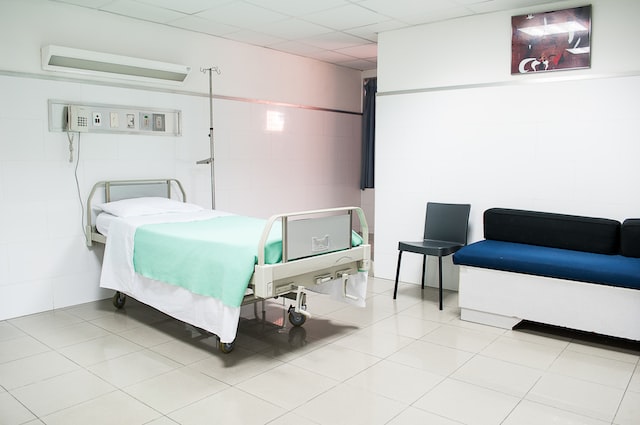
From the 6th floor to the 14th floor, the hospital has one floor for each disease. The large 4-bed ward is equipped with a refrigerator and a TV, and the beds are separated by wall furniture to give patients a sense of personal space, and the windowsill is set at the same height as the table so that patients can fully enjoy the view from their beds.
Shonan Kamakura General Hospital is committed to providing safe and secure medical technology.
At the same time, in order to create a meaningful working environment for its staff, Shonan Kamakura General Hospital has adopted the "evaluation mechanism to make staff more motivated to work", and this policy has been well received by all.
In the future, Shonan Kamakura General Hospital will continue to uphold the Texas Society's philosophy that "only life is equal" and will "serve the people 24 hours a day, every day of the year", "never turn away emergency patients" and "never accept gratitude from patients" in Kamakura. "We do not accept gratuities from patients. We are committed to developing the hospital under the supervision of patients.
Shonan Kamakura General Hospital is the first hospital in Japan to be awarded the Japan Medical International Patient Services (JMIP) accreditation, which is relevant to foreign patients.
JMIP is the Japanese name for the Japanese Medical Accreditation System for International Patients.
In order to ensure a safe and secure environment for foreign patients, Shonan Kamakura General Hospital has decided to undergo a new restructuring in preparation for the increase in the number of foreign patients expected to be seen after receiving JMIP accreditation. As part of the environmental improvements, the hospital has decided to put up signs in English, Chinese, French and Russian next to the lifts.
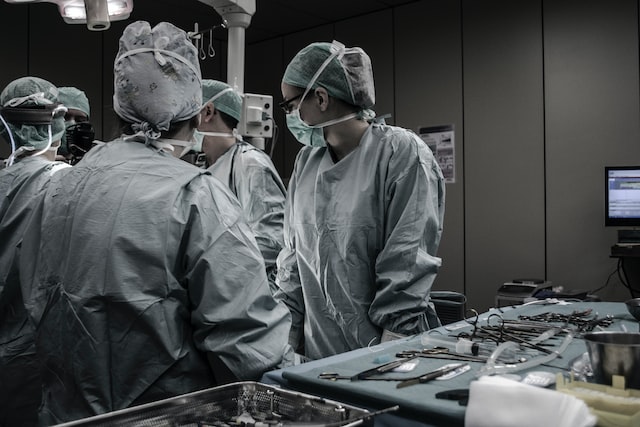
In addition, all other signs at Shonan Kamakura General Hospital have been changed to Japanese and English, and all instructions, consent forms, menus, etc. have been translated into English from the original.
In addition, Shonan Kamakura General Hospital has decided to create a translation procedure and to explore ways of cooperation between departments to ensure a smooth interface between all departments in the hospital.
Although the hospital has been awarded JMIP accreditation, it does not mean that the hospital system is perfect, so it is important to identify and improve on any problems in the process of receiving foreign patients.
In addition, the hospital's staff are learning about the system, culture, education and other aspects of the hospital's service to foreign patients, taking into account their different nationalities, languages and religions.
On the first floor of the hospital, an international medical service room has been set up to receive foreign patients and to facilitate the information of patients coming from China, so that the situation of foreign patients is clear and does not conflict with the consultation of domestic patients, and so that patients are not troubled by the consultation.
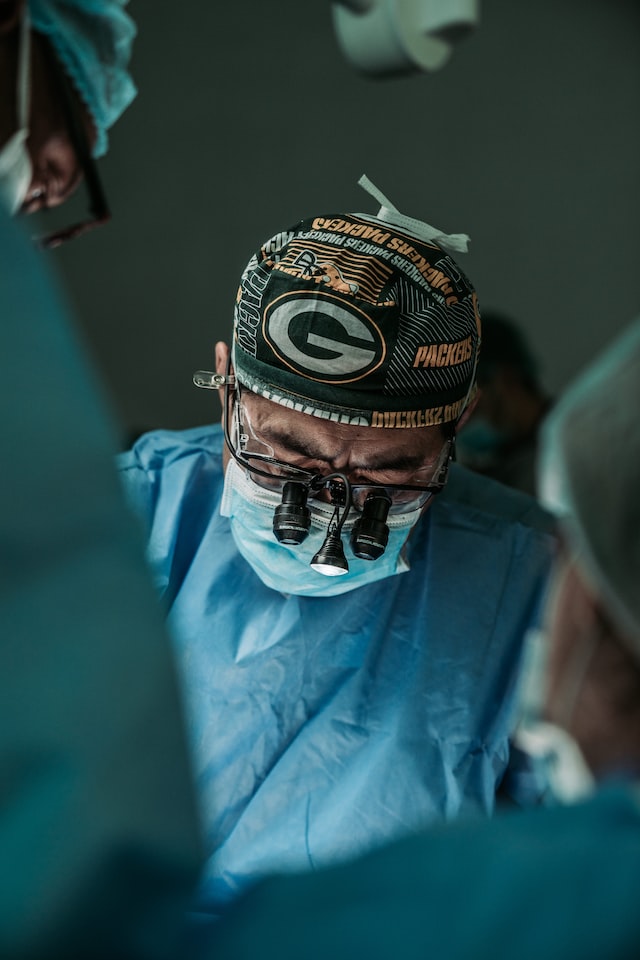
From the above points, the hospital adheres to the concept of equality of life advocated by the Texas Society, and actively promotes the development of the hospital in the face of the advancement of the times.
Department of Radiation Oncology

Radiation therapy is a type of treatment for malignant tumours (cancer), which is provided to patients through surgery and chemotherapy together. When we talk about radiation therapy, we may have the impression that it is a treatment of last resort because it is scary, has side effects and cannot be operated on.
Radiation therapy has the following characteristics
Does not harm the body
Maintains body function and shape
Less damaging to the body
It is suitable for elderly patients and patients with other diseases, and is gentle on the body. Radiation therapy is a team-based treatment. Radiation oncologists, radiographers, medical physiotherapists, nurses, clerks and other specialists use their expertise to work together to treat patients. In addition, physicians and service providers in each department collaborate to provide radiation therapy for various diseases and post-operative radiotherapy.
Shonan Kamakura General Hospital has introduced the most advanced equipment for oncological tomotherapy. However, in addition to the advanced technology of the equipment itself, our entire staff is also dedicated to providing medical services that make patients feel comfortable.
